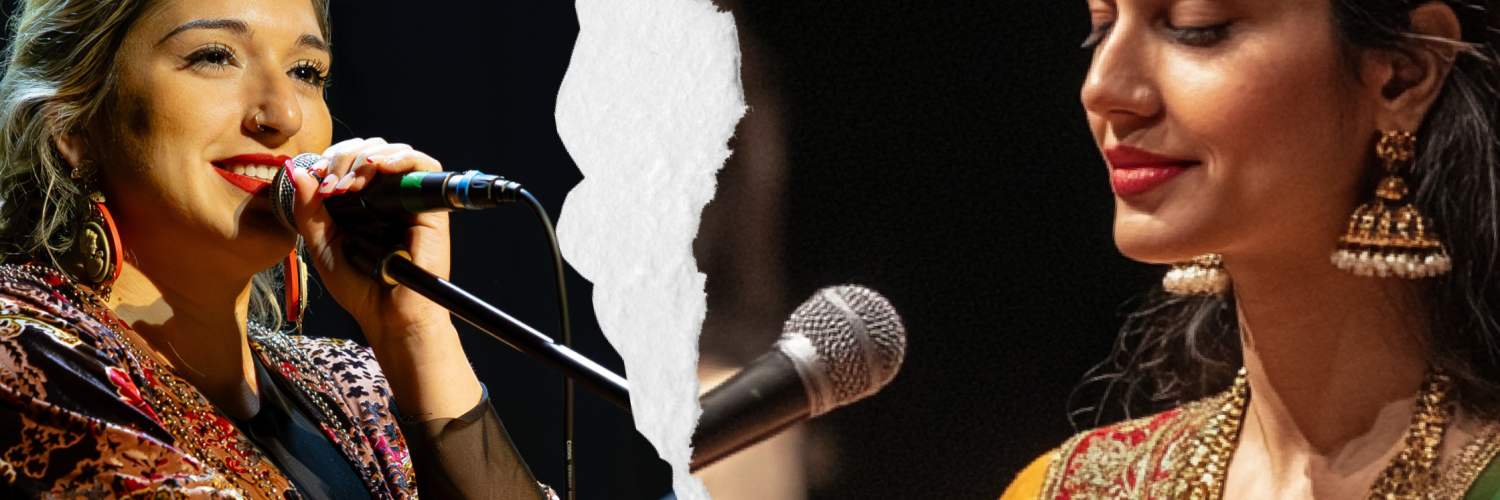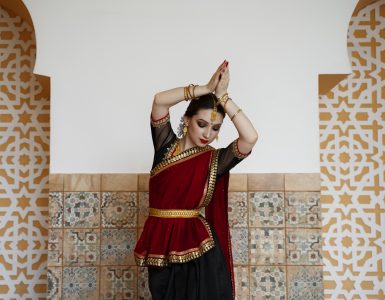Music is a universal language that transcends boundaries. While there are different musical traditions offering unique approaches to vocal expression, it is necessary to be aware of these differences. With various music styles being introduced, it becomes important to understand the distinction between Indian Classical Vocal music and Western singing techniques. To make an informed decision, you can pursue a degree that educates you with comprehensive knowledge—Bachelor of Performing Arts (BPA).
To explore what this degree covers in depth, check out our detailed guide on the Bachelor of Performing Arts (BPA) in India, including its structure, eligibility, and career pathways.
1. The Foundation: Raagas vs Scales
In Indian Classical Vocal, the foundation lies in raagas, melodic frameworks that evoke specific emotions and are often associated with particular times of the day. Students learn how each raaga creates a distinct mood and how improvisation plays a vital role in performances. The focus is on swara sadhana (note perfection), voice culture, and taal (rhythm).
On the other hand, Western singing is built on scales, chords, and harmonies. It emphasizes pitch accuracy, voice texture, and blending with instruments or choirs. Students learn genres such as pop, jazz, blues, and opera, often accompanied by sheet music and structured vocal exercises.
While Indian Classical is deeply spiritual and meditative, Western singing is expressive and performance-oriented—both teach versatility and artistic balance.
Seeking admissions into BPA (Music) Vocal helps students gain the skills that allow them to perform, compose, and collaborate.
2. The Learning Approach: Guru-Shishya vs Structured Curriculum
The Indian classical tradition follows the Guru-Shishya Parampara, a bond between teacher and disciple that goes beyond classroom learning. In modern institutions like Maya Somaiya School of Music and Performing Arts, this approach is adapted into a structured university-level format. Students receive personalized mentorship, mastering both performance and theory.
Western music generally follows a standardized academic format with graded lessons, ensemble practices, and theory modules. This allows for easy collaboration and international exposure.
A BPA Music College in Mumbai like Somaiya blends both styles, with special focus on strengthening Indian classical vocal proficiency.
3. Techniques and Expression
Indian Classical Vocals teach intricate vocal ornamentations like gamakas, meend, and taan. The training sharpens a singer’s breath control, pronunciation, and ability to sustain long notes—skills essential for musical purity. These are the foundational techniques, and at the Maya Somaiya School of Music and Performing Arts, industry experts guide students to master them with practical experience.
Western singing focuses on techniques like belting, vibrato, resonance, and voice modulation to suit various genres. Microphone handling, stage presence, and live performance are also emphasized.
Students pursuing a BPA Music Programme in Mumbai learn Indian raagas while understanding that versatility is key in today’s music industry.
4. Composition and Creativity
Indian Classical emphasizes improvisation—no two performances of the same raaga are ever identical. The singer becomes the composer in the moment.
Western music focuses on composition through notation and collaboration, blending harmony, melody, and lyrics into one cohesive piece.
In a BPA Music Course in Mumbai, students are trained to compose original pieces, perform live, and experiment across both classical and contemporary styles. They receive feedback and guidance from experienced musicians, helping them grow from the beginning.
5. The Rising Popularity of Indian Classical Vocals
While Western music dominates global pop culture, Indian Classical music is experiencing a strong resurgence. Platforms like Coke Studio and global music festivals have brought Indian raagas to international audiences. Young artists experimenting with fusion also highlight the growing relevance of classical roots.
Institutions like the Maya Somaiya School of Music and Performing Arts play a key role in this revival. Through its BPA Music Programme in Mumbai, the school prepares students to perform, innovate, and represent Indian music on global platforms.
6. Why Choose a BPA in Music in Mumbai?
Mumbai is not only known for Vada Pav—it is the heart of India’s music and entertainment industry. From classical concerts to recording studios, students gain exposure that enriches their artistic journey.
Choosing from reputed BPA Music Colleges in Mumbai, like Maya Somaiya School of Music and Performing Arts, helps you learn from skilled mentors, collaborate with professionals, and gain hands-on stage experience.
A BPA Music Course in Mumbai opens doors to performance, composition, teaching, film music, and more. If you wish to move further and take up the advanced course you can seek admissions into MPA (Music) Vocal.
If you’re curious about how a BPA degree prepares you for real-world success, don’t miss our blog on what recruiters look for in BPA graduates and the exciting careers that lie beyond the stage.
Both Indian Classical and Western singing hold depth and influence. One is rooted in centuries-old tradition, the other in global evolution. They are not competitors—they complement each other. You may choose one or embrace both, depending on your musical vision.
At Maya Somaiya School of Music and Performing Arts, students pursuing music and arts courses in Mumbai receive holistic training that blends tradition with contemporary exposure. Whether your dream is to perform live, compose for films, or teach future musicians—this is where your musical journey begins.
Discover your rhythm, refine your voice, and redefine music with the BPA Music Programme in Mumbai.
















Add comment